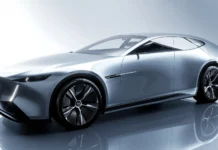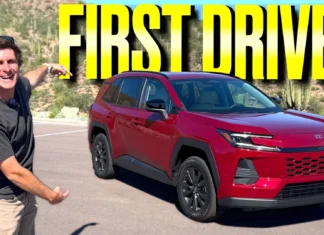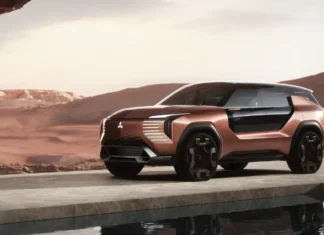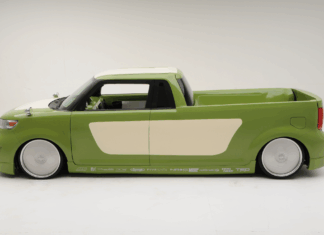
The 2022 Hyundai Kona just got more expensive.
While we expect updated models to carry a decent price hike with them, MSRPs across the 2022 Hyundai Kona range just went up again, according to a price sheet the automaker recently published. They show a modest bump on what’s currently (as of August 30) showing up on the configurator — and those prices were already about $495 higher than the 2021 models.
On its face, you get a redesigned front end, new taillights, suspension tweaks and some tech updates for the money. Now, the base 2022 Hyundai Kona SE kicks off at $22,375 including destination, representing a total bump of $690 over the 2021 Kona SE’s starting price. For the Kona, Hyundai increased the destination charge by $40 to $1,225 in the 2022 model year.
As the automaker changed the styling and freshened up the tech, the 2022 Hyundai Kona also gets a more streamlined trim walk. It’s now SE, SEL, N Line (new for 2022) and Limited. The SEL Plus and Ultimate and Night trims are gone. For the performance enthusiasts, there is a hot Kona N on the way, though we still don’t have pricing for that model just yet.
Find deals on new and used vehicles through (in collaboration with Detroit Trading™) here!
Updated Kona trim walk
No matter which 2022 Hyundai Kona you pick, all-wheel drive will cost an additional $1,500 over the equivalent front-wheel drive version, and all four trims offer all-wheel drive as an option.
Both the SE and the SEL use Hyundai’s naturally-aspirated 2.0-liter Atkinson cycle engine, mated to a continuously variable transmission. Step into the SEL, though, and the base price goes up to $24,175. An 8-inch display (up from 7.0 inches), Apple CarPlay/Android Auto and a host of safety features come standard on the entry-level trim, but the SEL adds larger alloy wheels, remote start, SiriusXM radio and heated side mirrors, among more safety tech. The SEL also gets a $1,700 “Convenience Package”, which adds heated front seats, wireless charging, a power sunroof, automatic climate control, a leather-wrapped steering wheel and shift knob and a hidden cargo compartment.
The sportier 2022 Hyundai Kona N Line kicks off at $26,925. This ditches the 2.0-liter engine for a 201-horsepower, turbocharged 1.6-liter unit, with a 7-speed dual-clutch transmission. The N Line also packs body-color cladding and other N Line-specific exterior touches, a 10.25-inch digital instrument cluster, twin-tip exhaust, a power-adjustable driver’s seat and larger 18-inch alloy wheels. The $2,500 “Tech Package” adds in a power sunroof, 8-speaker Harman Kardon audio system, smart cruise control and Hyundai Highway Driving Assist, high beam-assist, LED headlights and taillights, and a 10.25-inch infotainment system.
At the most luxurious end of the range, the Kona Limited goes up to $29,675 in front-wheel drive guise. This top trim also uses the 1.6-liter turbocharged engine, while bringing in all the package options available on the SEL or N Line models.
What about the Kona Electric?
EV competition is heating up, so if you’re shopping for the 2022 Hyundai Kona Electric, the landscape looks a bit different than it did in 2021. There are now just two trims — SEL and Limited — with the SEL starting off at just $35,225. You still get the updated styling, as well as the same 201 horsepower electric motor (with 291 lb-ft of torque) as before. That’s a significant $3,390 drop from the previous model year.
On the flip side, though, the Kona Electric Limited is slightly higher, starting at $43,725 for the fully-loaded version. Mind you, the old Ultimate trim is gone. With the added features folded into the Limited, you still come out slightly ahead than with the equivalent 2021 version.
Of course, we’re still waiting for the Kona N to actually hit the streets — we tested that below:





























